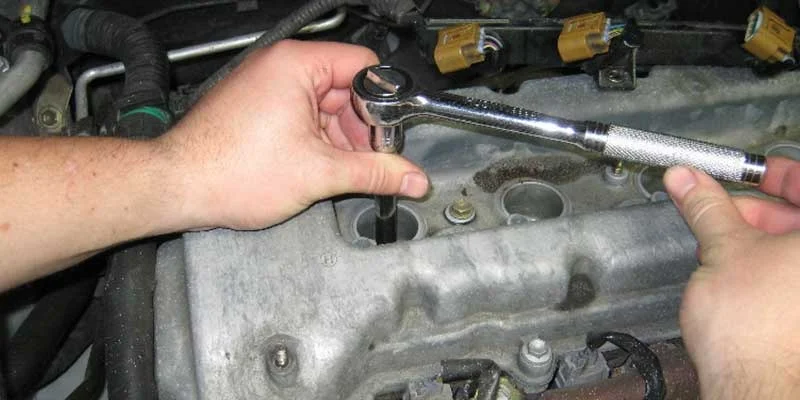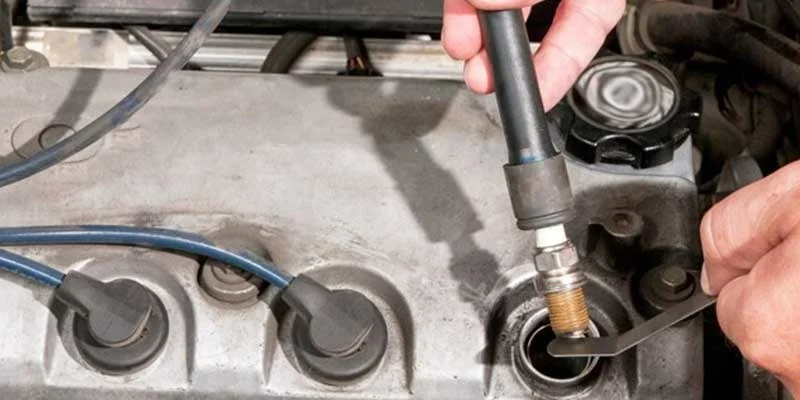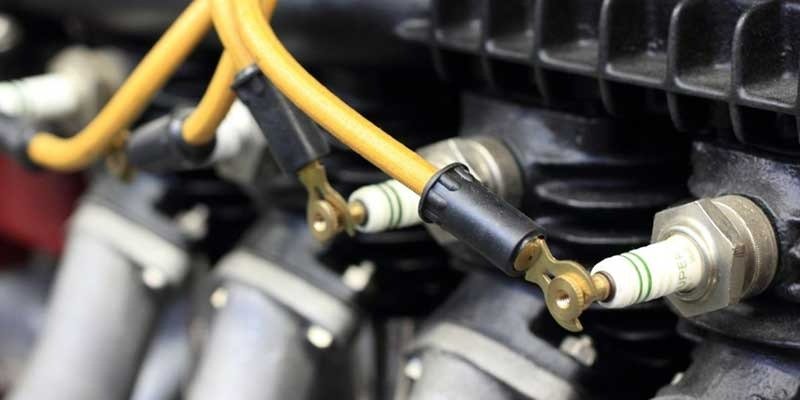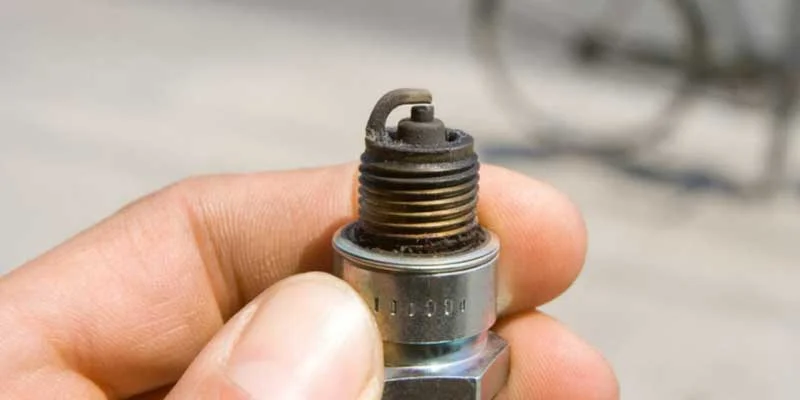“How to change spark plugs in my car? I’ve never done anything like this before. Can someone please explain step by step?”
Changing spark plugs is a prevalent task for mechanics. They often recommend changing them every 12 months or so. Spark plugs are the part of an internal combustion engine that creates sparks to ignite fuel. They are located at the top of each cylinder, near the piston.
Changing spark plugs requires removing the old ones and installing new ones. The procedure varies depending on the vehicle type and your spark plug’s location.
Let’s check out this detailed guide on How to Change the Spark Plug in Your Engine!
Things for the need for this Spark Plug replacement project:

- Spark Plug(s)
- Anti-Seize Compound
- Dielectric Grease
Step By Step Process for Spark Plug Replacement:
1. Diagnose the Right Problem
Before proceeding with your project on changing the spark plug, you must ensure that the problem is with the spark plug only and not any other components. Check for the issues like car idling issues, engine light on, etc. These are some of the indicators of bad spark plugs.
2. Disconnecting the Battery and wires
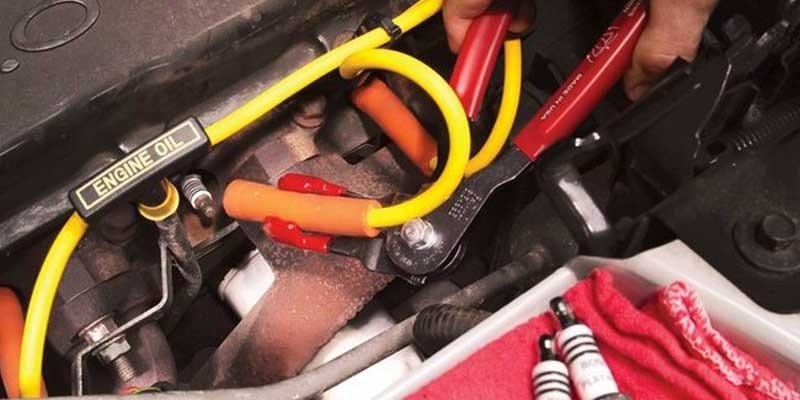
Open the vehicle hood and disconnect the negative terminal of your battery first. Then remove the wires of the spark plug. Check for the user manual to locate the spark plug in your car.
3. Clean the Spark Plug Surrounding

Using the compressed air method, clean the debris and dirt around the spark plug. It is to ensure that the debris will not enter the cylinders upon the spark plug removal. If the dirt enters, it may damage the engine’s cylinder.
4. Removing Spark Plug
As you have already removed the wires, loosen the spark plug gently by moving it in an anti-clock direction. You can also take the help of a 3/8 ratchet to loosen it. They provide a firm grip for the spark plug removal. Please take out the old spark plug and inspect it for damage or fault.
If the spark plug is not damaged, clean it using a wire brush, vinegar solution, WD-40, or a hot torch to clean thoroughly. Then the spark plug will be ready to reuse.
If using the old spark plug is impossible, proceed to the next step.
5. Preparing a new spark plug
To choose the correct spark plug, you should check the owner’s manual to understand the engine requirements. Modern spark plugs include anti-seizure lubricant coating and special plating to prevent cranking and ensure a smooth installation.
If you are replacing the spark plug for the first time, consider buying a pre-gapped model of the spark plug. A gap gauge is essential and equipped to cross-check the gapping in a spark plug for efficient working.
6. Installing a New Spark Plug
Ensure the engine is cooled to room temperature before starting the vehicle. Remove the spark plugs and tighten them using an adjustable socket and ratchet. Be sure to follow the manufacturer’s guidelines when tightening the spark plugs.
If the spark plugs are not tightened properly, they may crack or break during operation. When replacing the spark plugs, ensure that the spark plug wires are connected correctly. Once the spark plugs are installed, add a small amount of oil to the inside of the ignition coil and reconnect it to the spark plugs using the appropriate terminals.
Pro Tips for New Spark Plug Installation
- Use a spare rubber hose if you don’t have a plug starter. But ensure that it should be of the correct size.
- Using a long plier can help, but you must be careful in preventing any damage to the spark plug.
- Never downgrade the metallurgy of your spark plug. If you use iridium spark plugs, never replace them with platinum ones.
- The engine must cool down completely before you start the replacement project.
- Always read the manufacturer’s instructions carefully before proceeding with spark plug replacement.
- Avoid mishandling of spark plug as you may end up damaging its electrodes.
How to Gap Spark Plugs?
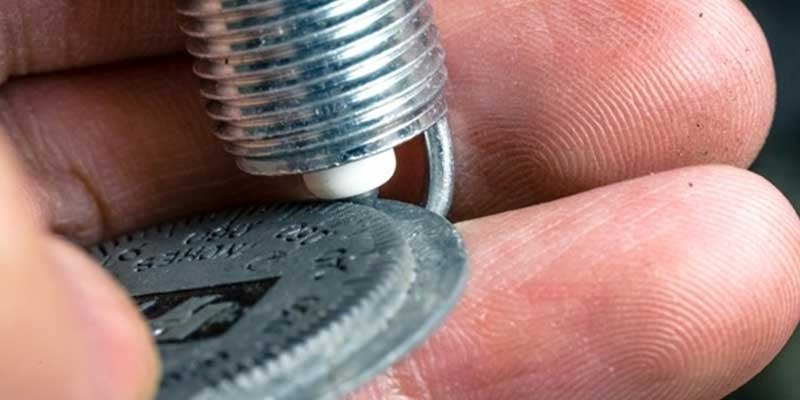
When installing spark plugs, check your spark plug gaps. The correct gap will be as prescribed in the user manual. You can use a spoke-style gap tool or a ramp-style gap tool to check and adjust your spark plugs’ gap. Be sure to use the proper tool for the spark plug you’re working with.
Platinum and iridium spark plugs require a different style gap tool than standard spark plugs. These plugs also have thinner wires, so you should not use the same technique as a standard spark plug.
How should I Know that my Spark Plug is Ok or need replacement?

Here are some of the essential factors that you should look into your old spark plug to understand if it is damaged or not:
- As a part of regular wearing off, all the ‘in use’ spark plugs are black or brown due to carbon build-up. Consider cleaning if you find gasoline, oil, or any dirt on your spark plug.
- Next is the electrode. If the electrode is evenly shaped, the spark plugs are in good condition and do not require any change. Ensure to seek an expert opinion before considering it to reuse.
- If the plug is too oily, replacing it is a must. Spark plugs are highly affordable and play a critical role in your engine’s health. Hence, compromising your car’s health to save some bucks does not make sense.
- If the plug is in good condition after cleaning and too young to replace, you must check its gap with a gapping tool. Inappropriate gapping in the spark plug leads to engine misfiring.
What are the symptoms of Faulty Spark Plugs?
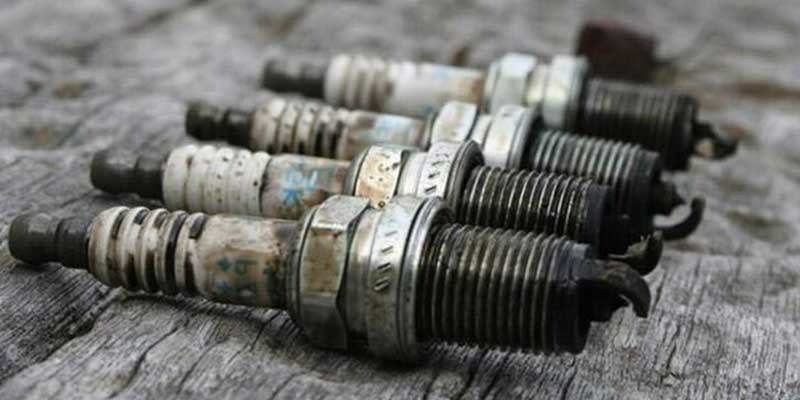
Some of the most common symptoms of faulty spark plugs are:
- Rough idling in the car
- The trouble with its starting
- Inconsistent performance
- A significant drop in fuel economy
- Knocking sound coming from car engine
How Often Should I Change the Spark Plugs?
You should consider changing spark plugs as early as after 30,000 miles if you notice any wrong spark plug symptoms. Most the spark plugs can last as long as 1,00,000 miles if maintained properly.
What will happen if I will not change the faulty spark plug?
Due to a faulty spark plug, the engine’s combustion process will not be complete. It will lead to engine power loss. Gradually, the engine will start working, which may cause irreversible damage to your engine.
Conclusion
Spark plugs are one of the most crucial parts of the engine. They help ignite the air/fuel mixture inside the cylinder. It helps in igniting the air/fuel mixture during combustion. It also helps in maintaining the compression ratio. Hence, it is essential to maintain them regularly to avoid any trouble. Replacing them is super easy if you know the right way.

My Name is Christopher Angels, and I am a postgraduate in mechanical engineering. Cars have always excited me as a child, and soon I decided to dive into the world of cars by pursuing mechanical engineering. I also worked as a Mechanic for over 3 years to understand Cars’ anatomy and how each part contributes to its working.
My Name is Christopher Angels, and I am a postgraduate in mechanical engineering. Cars have always excited me as a child, and soon I decided to dive into the world of cars by pursuing mechanical engineering. I also worked as a Mechanic for over 3 years to understand Cars' anatomy and how each part contributes to its working.



